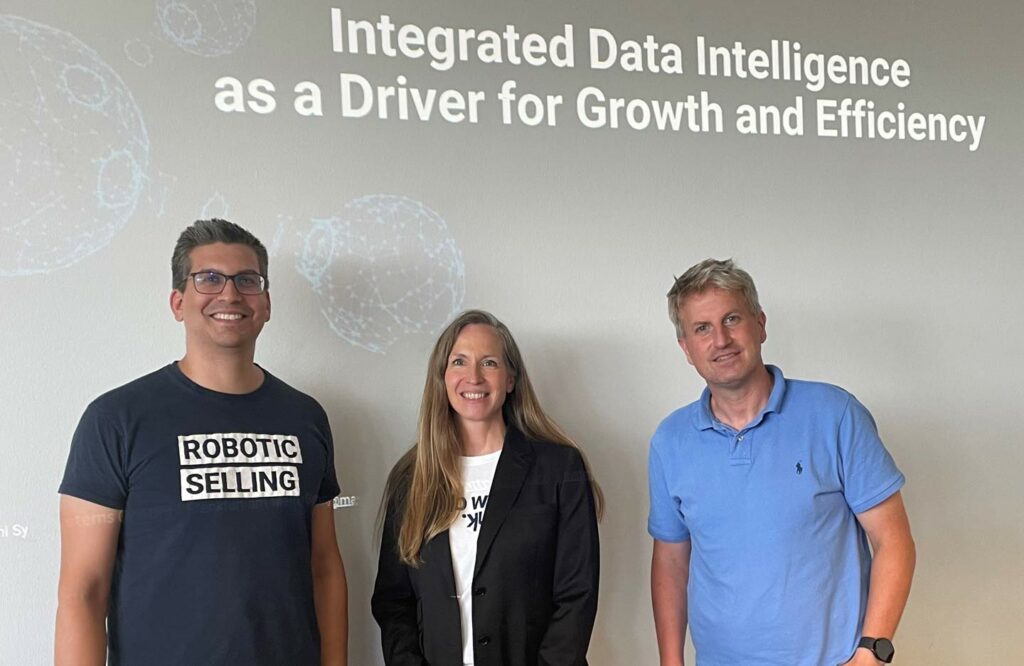Our CEO Manuel Marini in an expert interview about the software trends for companies. These include the intelligent resolution of prevailing data silos via enterprise data integration. Once systems are synchronized, predictive analytics can be used to control processes across systems.
EAS-MAG (Enterprise Application Software Magazine), asked our co-founder and CEO Manuel Marini about the trends for 2020 in enterprise software.
Which features are your prospects and customers asking for the most right now?
A dominant theme is to resolve data silos, overcome technical limitations of existing systems, and make existing data usable across the enterprise on an integrated platform. The prerequisite for this is data synchronization. So far, very few companies are optimally exploiting the potential of their data. This often applies as much to DAX-listed companies as it does to mid-sized companies. That’s why we help our customers identify the potential of their data and how this data can be turned into information. For example, what purchasing power is hidden in which sales region? And we create the decision models for new, automated processes on the basis of the data.
Which trend in the enterprise software market do you want to implement in your software in 2020?
Our products are dedicated exclusively to integrating systems and managing processes across systems, with a particular focus on sales. That’s also where we see the trend: building integrated sales platforms. The first important step towards data synchronization and process automation is for a company to create a suitable and integrated platform for this purpose. We offer two central technology components for this. The Marini HubEngine handles the bidirectional synchronization of data in real time as API middleware, and the Marini DataEngine also handles more complex data integration and data transformation tasks. On such a highly flexible platform, a wide variety of existing systems – whether ERP, CRM or marketing automation solutions – can be integrated with each other via their APIs. Companies can also connect any external services , such as SAP C4C or Salesforce Sales Cloud, to it. In doing so, you breathe new life into your systems, so to speak. Because the Marini DataEngine – as an ETL layer – can automatically prepare, modify and enrich data before it is transferred from one system to another.
What is your vision of modern enterprise software for the year 2020?
There will not be one software. What’s needed: an integrated enterprise data platform. The optimal solutions for the respective areas of application, such as marketing automation or CRM, must be combined. Our vision is to allow a combination of the best possible systems tailored to the strategic goals of the companies, which are then connected to form a fully integrated platform. On the basis of such a platform, which can be modified and extended at any time, those responsible in the companies can completely rethink their processes. Processes can then be modeled and also automated across all systems and company divisions. In addition to the integrated platform, predictive analytics also plays a decisive role in this. Predictive modeling and machine learning make it possible to integrate even complex decision models into the automated processes. A salesperson will then immediately see in his system, for example, the leads (prospects) with the highest probability of closing a deal for a very specific product or the existing customers with the highest cross-selling potential. That will change everything.



